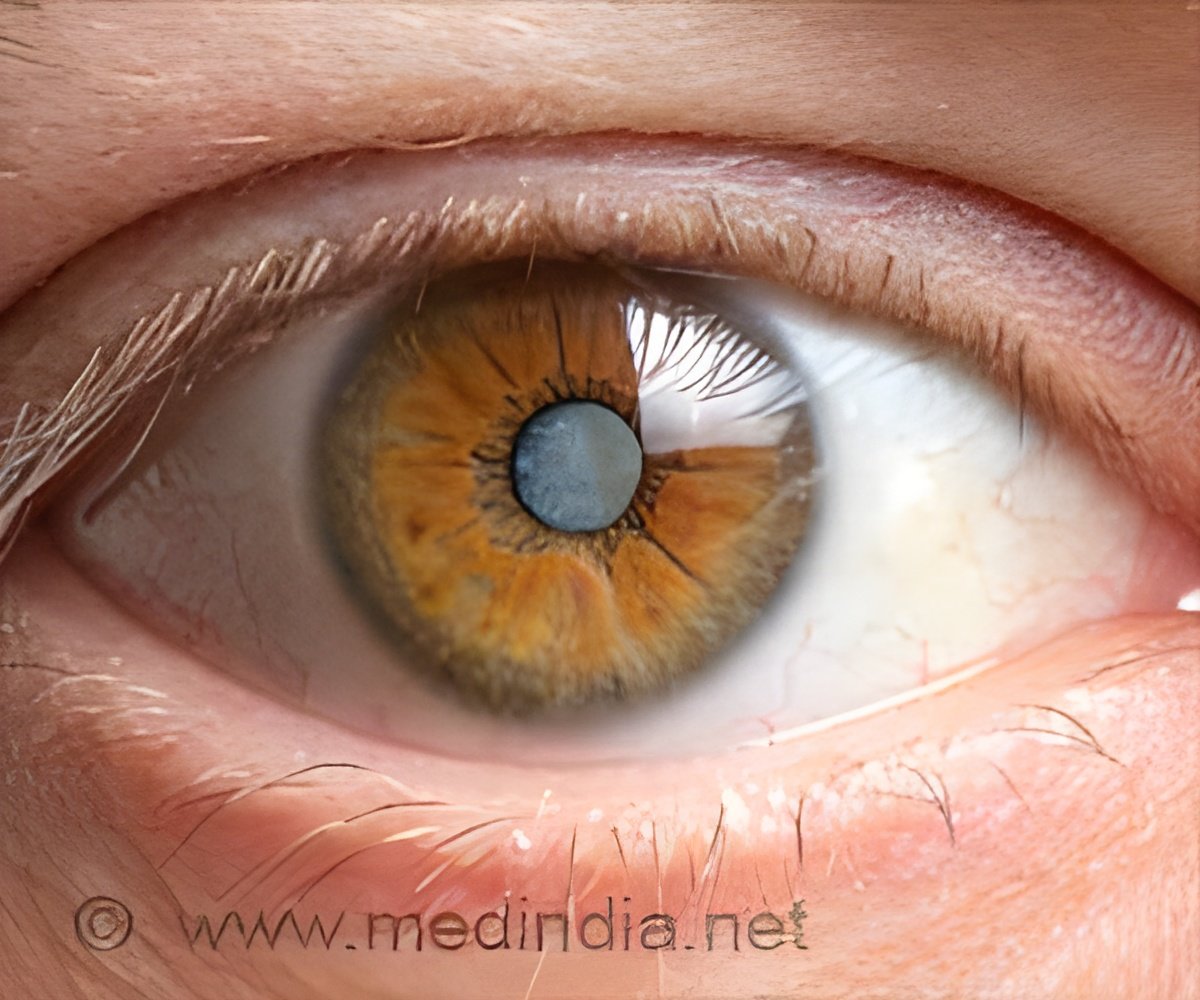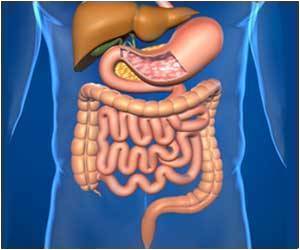
A significant discovery in the field of cataract research has been made, identifying a protein that reverses cataracts in animals at the National Institutes of Health (NIH). This breakthrough, published in the Journal of Clinical Investigation, suggests a potential surgery-free strategy for managing cataracts, a common cause of vision loss(1✔ ✔Trusted Source
NIH-led studies point to potential development of a cataract drug
).
Search for an Alternative to Cataract Surgery
Cataract surgery is effective, but it comes with risks and is not accessible to everyone, particularly in certain parts of the world. According to Dr. Xingchao Shentu, a cataract surgeon and co-lead investigator, “Lack of access to cataract surgery is a barrier to care in some parts of the world, causing untreated cataracts to be a leading cause of blindness worldwide.”
The study involved the 13-lined ground squirrel, a mammalian hibernator that is helpful for studying cone-related properties, such as color vision. During hibernation, the ground squirrel’s lenses become cloudy at low temperatures but quickly turn transparent after rewarming. This phenomenon is not seen in non-hibernators, such as rats.
The researchers found that cataract formation in hibernating animals exposed to low temperatures is likely a cellular response to cold stress. By understanding the molecular drivers of this reversible cataract phenomenon, the team hopes to identify a potential treatment strategy.
Role of RNF114 in Reversing Cataracts
The team developed a lab-based, lens-in-a-dish model using stem cells engineered from ground squirrel cells. They found that RNF114, a protein that helps identify old proteins and facilitate their degradation, was significantly elevated during rewarming in the ground squirrel. When RNF114 was applied to lenses from non-hibernating rats, it rapidly cleared cataracts upon rewarming.
The study’s findings are proof-of-principle that it is possible to induce cataract clearance in animals. Future studies will need to fine-tune the process to stimulate specific protein degradation and precisely regulate protein stability and turnover. This mechanism is also an important factor in many neurodegenerative diseases.
Reference:
- NIH-led studies point to potential development of a cataract drug – (https://www.nih.gov/news-events/news-releases/nih-led-studies-point-potential-development-cataract-drug)
Source-Medindia



